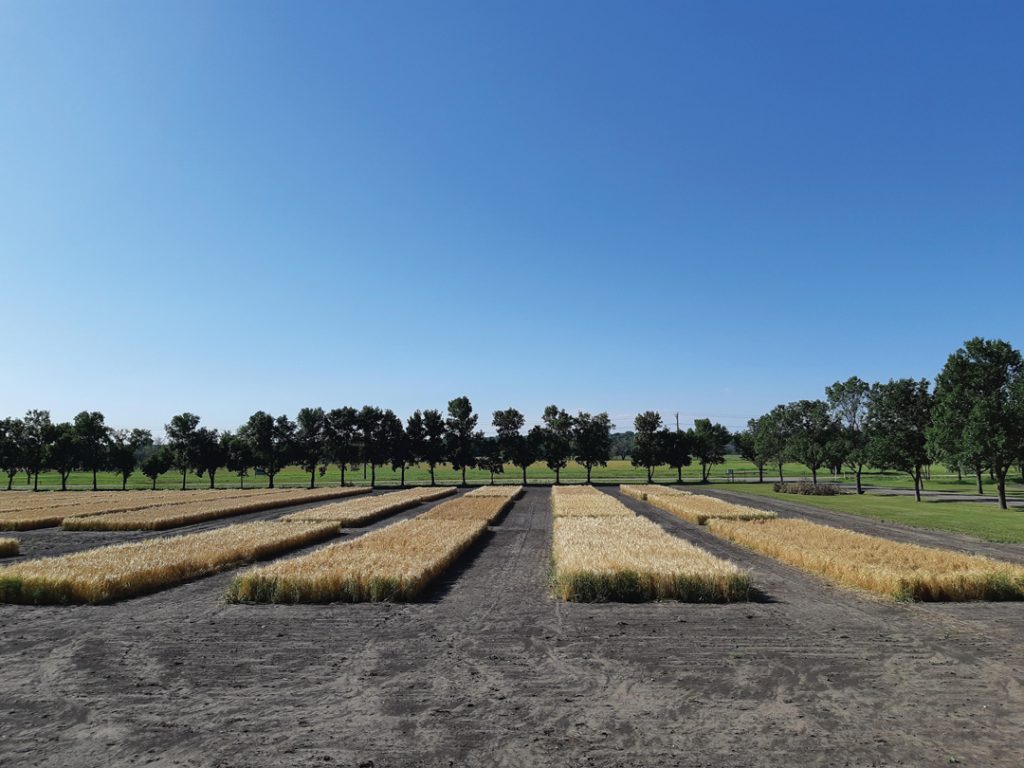ROOTS OF RESISTANCE
Researchers at the University of Saskatchewan have gone underground, and underwater, to uncover the root cause of lodging in barley. Using a new approach, the Crop Development Centre’s Aaron Beattie and the National Research Council of Canada’s Allan Feurtado employed hydroponics to identify root traits that improve lodging resistance.













